1. Takahashi K, Yamanaka S. 2006; Induction of pluripotent stem cells from mouse embryonic and adult fibroblast cultures by defined factors. Cell. 126:663–676. DOI:
10.1016/j.cell.2006.07.024. PMID:
16904174.

2. Yu J, Vodyanik MA, Smuga-Otto K, Antosiewicz-Bourget J, Frane JL, Tian S, Nie J, Jonsdottir GA, Ruotti V, Stewart R, Slukvin II, Thomson JA. 2007; Induced pluripotent stem cell lines derived from human somatic cells. Science. 318:1917–1920. DOI:
10.1126/science.1151526. PMID:
18029452.

3. Li Y, Cang M, Lee AS, Zhang K, Liu D. 2011; Reprogramming of sheep fibroblasts into pluripotency under a drug-inducible expression of mouse-derived defined factors. PLoS One. 6:e15947. DOI:
10.1371/journal.pone.0015947. PMID:
21253598. PMCID:
PMC3017083.

4. Bao L, He L, Chen J, Wu Z, Liao J, Rao L, Ren J, Li H, Zhu H, Qian L, Gu Y, Dai H, Xu X, Zhou J, Wang W, Cui C, Xiao L. 2011; Reprogramming of ovine adult fibroblasts to pluripotency via drug-inducible expression of defined factors. Cell Res. 21:600–608. DOI:
10.1038/cr.2011.6. PMID:
21221129. PMCID:
PMC3203662.

5. Liu J, Balehosur D, Murray B, Kelly JM, Sumer H, Verma PJ. 2012; Generation and characterization of reprogrammed sheep induced pluripotent stem cells. Theriogenology. 77:338–346.e1. DOI:
10.1016/j.theriogenology.2011.08.006. PMID:
21958637.

6. Shi H, Fu Q, Li G, Ren Y, Hu S, Ni W, Guo F, Shi M, Meng L, Zhang H, Qiao J, Guo Z, Chen C. 2015; Roles of p53 and ASF1A in the reprogramming of sheep kidney cells to pluripotent cells. Cell Reprogram. 17:441–452. DOI:
10.1089/cell.2015.0039. PMID:
26580119. PMCID:
PMC4677545.

7. Sartori C, DiDomenico AI, Thomson AJ, Milne E, Lillico SG, Burdon TG, Whitelaw CB. 2012; Ovine-induced pluripotent stem cells can contribute to chimeric lambs. Cell Reprogram. 14:8–19. DOI:
10.1089/cell.2011.0050. PMID:
22217199.

9. Pfaff N, Moritz T, Thum T, Cantz T. 2012; miRNAs involved in the generation, maintenance, and differentiation of pluripotent cells. J Mol Med (Berl). 90:747–752. DOI:
10.1007/s00109-012-0922-z. PMID:
22684238.

12. Suh MR, Lee Y, Kim JY, Kim SK, Moon SH, Lee JY, Cha KY, Chung HM, Yoon HS, Moon SY, Kim VN, Kim KS. 2004; Human embryonic stem cells express a unique set of microRNAs. Dev Biol. 270:488–498. DOI:
10.1016/j.ydbio.2004.02.019. PMID:
15183728.

13. Judson RL, Babiarz JE, Venere M, Blelloch R. 2009; Embryonic stem cell-specific microRNAs promote induced pluripotency. Nat Biotechnol. 27:459–461. DOI:
10.1038/nbt.1535. PMID:
19363475. PMCID:
PMC2743930.

15. Anokye-Danso F, Trivedi CM, Juhr D, Gupta M, Cui Z, Tian Y, Zhang Y, Yang W, Gruber PJ, Epstein JA, Morrisey EE. 2011; Highly efficient miRNA-mediated reprogramming of mouse and human somatic cells to pluripotency. Cell Stem Cell. 8:376–388. DOI:
10.1016/j.stem.2011.03.001. PMID:
21474102. PMCID:
PMC3090650.

16. Wang G, Guo X, Hong W, Liu Q, Wei T, Lu C, Gao L, Ye D, Zhou Y, Chen J, Wang J, Wu M, Liu H, Kang J. 2013; Critical regulation of miR-200/ZEB2 pathway in Oct4/Sox2-induced mesenchymal-to-epithelial transition and induced pluripotent stem cell generation. Proc Natl Acad Sci U S A. 110:2858–2863. DOI:
10.1073/pnas.1212769110. PMID:
23386720. PMCID:
PMC3581874.

17. Miyoshi N, Ishii H, Nagano H, Haraguchi N, Dewi DL, Kano Y, Nishikawa S, Tanemura M, Mimori K, Tanaka F, Saito T, Nishimura J, Takemasa I, Mizushima T, Ikeda M, Yamamoto H, Sekimoto M, Doki Y, Mori M. 2011; Repro-gramming of mouse and human cells to pluripotency using mature microRNAs. Cell Stem Cell. 8:633–638. DOI:
10.1016/j.stem.2011.05.001. PMID:
21620789.

18. Mallanna SK, Rizzino A. 2010; Emerging roles of microRNAs in the control of embryonic stem cells and the generation of induced pluripotent stem cells. Dev Biol. 344:16–25. DOI:
10.1016/j.ydbio.2010.05.014. PMID:
20478297. PMCID:
PMC2935203.

19. Livak KJ, Schmittgen TD. 2001; Analysis of relative gene expression data using real-time quantitative PCR and the 2(-Delta Delta C(T)) method. Methods. 25:402–408. DOI:
10.1006/meth.2001.1262. PMID:
11846609.

20. Liao B, Bao X, Liu L, Feng S, Zovoilis A, Liu W, Xue Y, Cai J, Guo X, Qin B, Zhang R, Wu J, Lai L, Teng M, Niu L, Zhang B, Esteban MA, Pei D. 2011; MicroRNA cluster 302-367 enhances somatic cell reprogramming by accelerating a mesenchymal-to-epithelial transition. J Biol Chem. 286:17359–17364. DOI:
10.1074/jbc.C111.235960. PMID:
21454525. PMCID:
PMC3089577.

21. Du X, Feng T, Yu D, Wu Y, Zou H, Ma S, Feng C, Huang Y, Ouyang H, Hu X, Pan D, Li N, Wu S. 2015; Barriers for deriving transgene-free pig iPS cells with episomal vectors. Stem Cells. 33:3228–3238. DOI:
10.1002/stem.2089. PMID:
26138940. PMCID:
PMC5025037.

22. Ma K, Song G, An X, Fan A, Tan W, Tang B, Zhang X, Li Z. 2014; miRNAs promote generation of porcine-induced pluripotent stem cells. Mol Cell Biochem. 389:209–218. DOI:
10.1007/s11010-013-1942-x. PMID:
24464032.

23. Pillai VV, Kei TG, Reddy SE, Das M, Abratte C, Cheong SH, Selvaraj V. 2019; Induced pluripotent stem cell generation from bovine somatic cells indicates unmet needs for pluripotency sustenance. Anim Sci J. 90:1149–1160. DOI:
10.1111/asj.13272. PMID:
31322312.

24. Tai D, Liu P, Gao J, Jin M, Xu T, Zuo Y, Liang H, Liu D. 2015; Generation of Arbas cashmere goat induced pluripotent stem cells through fibroblast reprogramming. Cell Reprogram. 17:297–305. DOI:
10.1089/cell.2014.0107. PMID:
26731591.

25. Sandmaier SE, Nandal A, Powell A, Garrett W, Blomberg L, Donovan DM, Talbot N, Telugu BP. 2015; Generation of induced pluripotent stem cells from domestic goats. Mol Reprod Dev. 82:709–721. DOI:
10.1002/mrd.22512. PMID:
26118622.

27. Moreno-Bueno G, Cubillo E, Sarrió D, Peinado H, Rodríguez-Pinilla SM, Villa S, Bolós V, Jordá M, Fabra A, Portillo F, Palacios J, Cano A. 2006; Genetic profiling of epithelial cells expressing E-cadherin repressors reveals a distinct role for Snail, Slug, and E47 factors in epithelial-mesenchymal transition. Cancer Res. 66:9543–9556. DOI:
10.1158/0008-5472.CAN-06-0479. PMID:
17018611.

28. Shirakihara T, Saitoh M, Miyazono K. 2007; Differential regulation of epithelial and mesenchymal markers by deltaEF1 +proteins in epithelial mesenchymal transition induced by TGF-beta. Mol Biol Cell. 18:3533–3544. DOI:
10.1091/mbc.e07-03-0249. PMID:
17615296. PMCID:
PMC1951739.

29. Peinado H, Olmeda D, Cano A. 2007; Snail, Zeb and bHLH factors in tumour progression: an alliance against the epithelial phenotype? Nat Rev Cancer. 7:415–428. DOI:
10.1038/nrc2131. PMID:
17508028.

30. Bryant JL, Britson J, Balko JM, Willian M, Timmons R, Frolov A, Black EP. 2012; A microRNA gene expression signature predicts response to erlotinib in epithelial cancer cell lines and targets EMT. Br J Cancer. 106:148–156. DOI:
10.1038/bjc.2011.465. PMID:
22045191. PMCID:
PMC3251842.

31. Burk U, Schubert J, Wellner U, Schmalhofer O, Vincan E, Spaderna S, Brabletz T. 2008; A reciprocal repression between ZEB1 and members of the miR-200 family promotes EMT and invasion in cancer cells. EMBO Rep. 9:582–589. DOI:
10.1038/embor.2008.74. PMID:
18483486. PMCID:
PMC2396950.

32. Bracken CP, Gregory PA, Kolesnikoff N, Bert AG, Wang J, Shannon MF, Goodall GJ. 2008; A double-negative feedback loop between ZEB1-SIP1 and the microRNA-200 family regulates epithelial-mesenchymal transition. Cancer Res. 68:7846–7854. DOI:
10.1158/0008-5472.CAN-08-1942. PMID:
18829540.

33. Brabletz S, Brabletz T. 2010; The ZEB/miR-200 feedback loop--a motor of cellular plasticity in development and cancer? EMBO Rep. 11:670–677. DOI:
10.1038/embor.2010.117. PMID:
20706219. PMCID:
PMC2933868.

34. Lamouille S, Xu J, Derynck R. 2014; Molecular mechanisms of epithelial-mesenchymal transition. Nat Rev Mol Cell Biol. 15:178–196. DOI:
10.1038/nrm3758. PMID:
24556840. PMCID:
PMC4240281.

35. Ichida JK, Blanchard J, Lam K, Son EY, Chung JE, Egli D, Loh KM, Carter AC, Di Giorgio FP, Koszka K, Huangfu D, Akutsu H, Liu DR, Rubin LL, Eggan K. 2009; A small-molecule inhibitor of tgf-Beta signaling replaces sox2 in reprogramming by inducing nanog. Cell Stem Cell. 5:491–503. DOI:
10.1016/j.stem.2009.09.012. PMID:
19818703. PMCID:
PMC3335195.

36. Lin T, Ambasudhan R, Yuan X, Li W, Hilcove S, Abujarour R, Lin X, Hahm HS, Hao E, Hayek A, Ding S. 2009; A chemical platform for improved induction of human iPSCs. Nat Methods. 6:805–808. DOI:
10.1038/nmeth.1393. PMID:
19838168. PMCID:
PMC3724527.

37. Samavarchi-Tehrani P, Golipour A, David L, Sung HK, Beyer TA, Datti A, Woltjen K, Nagy A, Wrana JL. 2010; Functional genomics reveals a BMP-driven mesenchymal-to-epithelial transition in the initiation of somatic cell reprogramming. Cell Stem Cell. 7:64–77. DOI:
10.1016/j.stem.2010.04.015. PMID:
20621051.

38. Peter ME. 2009; Let-7 and miR-200 microRNAs: guardians against pluripotency and cancer progression. Cell Cycle. 8:843–852. DOI:
10.4161/cc.8.6.7907. PMID:
19221491. PMCID:
PMC2688687.

39. Gregory PA, Bert AG, Paterson EL, Barry SC, Tsykin A, Farshid G, Vadas MA, Khew-Goodall Y, Goodall GJ. 2008; The miR-200 family and miR-205 regulate epithelial to mesenchymal transition by targeting ZEB1 and SIP1. Nat Cell Biol. 10:593–601. DOI:
10.1038/ncb1722. PMID:
18376396.

40. Korpal M, Lee ES, Hu G, Kang Y. 2008; The miR-200 family inhibits epithelial-mesenchymal transition and cancer cell migration by direct targeting of E-cadherin transcriptional repressors ZEB1 and ZEB2. J Biol Chem. 283:14910–14914. DOI:
10.1074/jbc.C800074200. PMID:
18411277. PMCID:
PMC3258899.

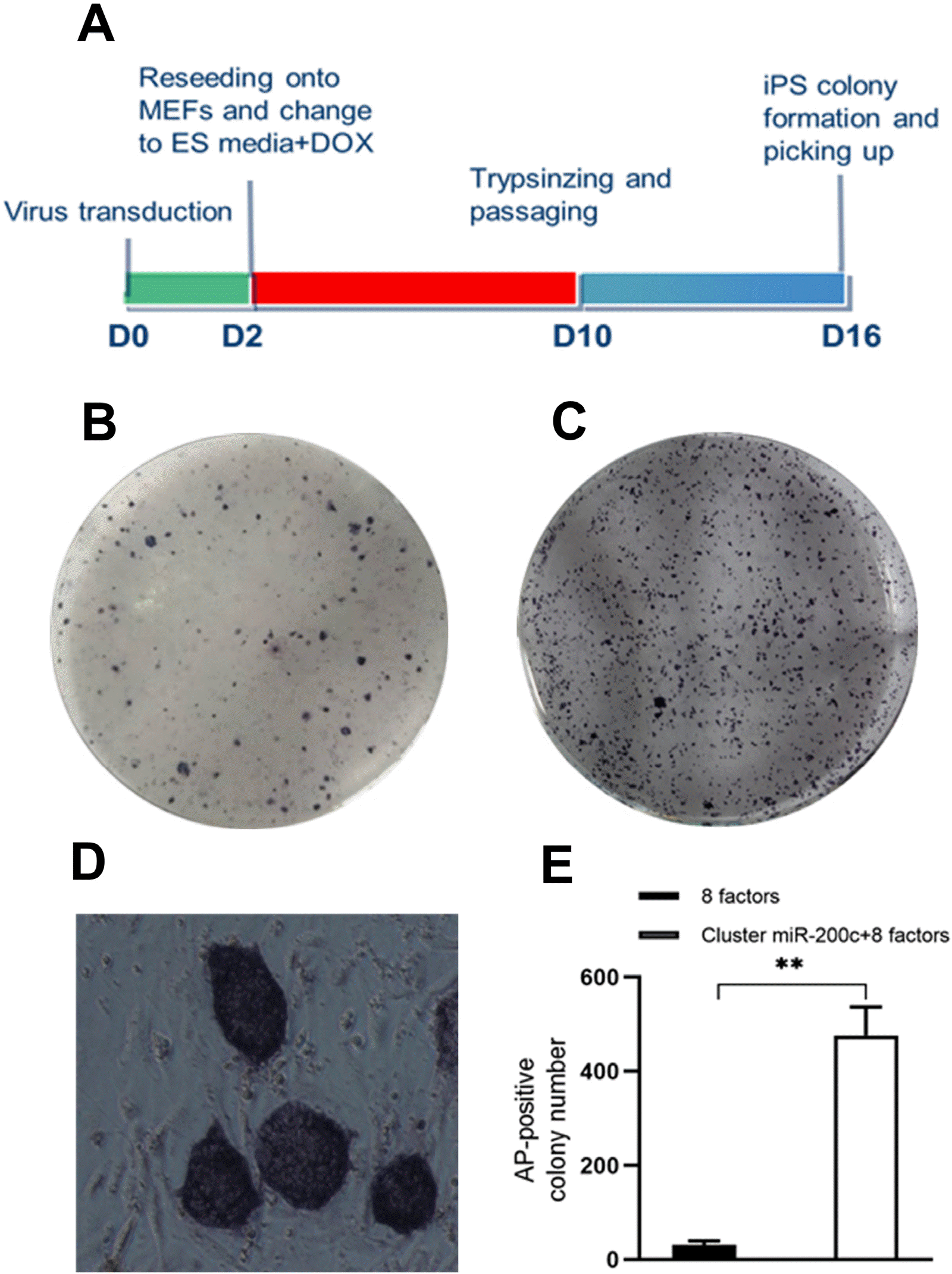
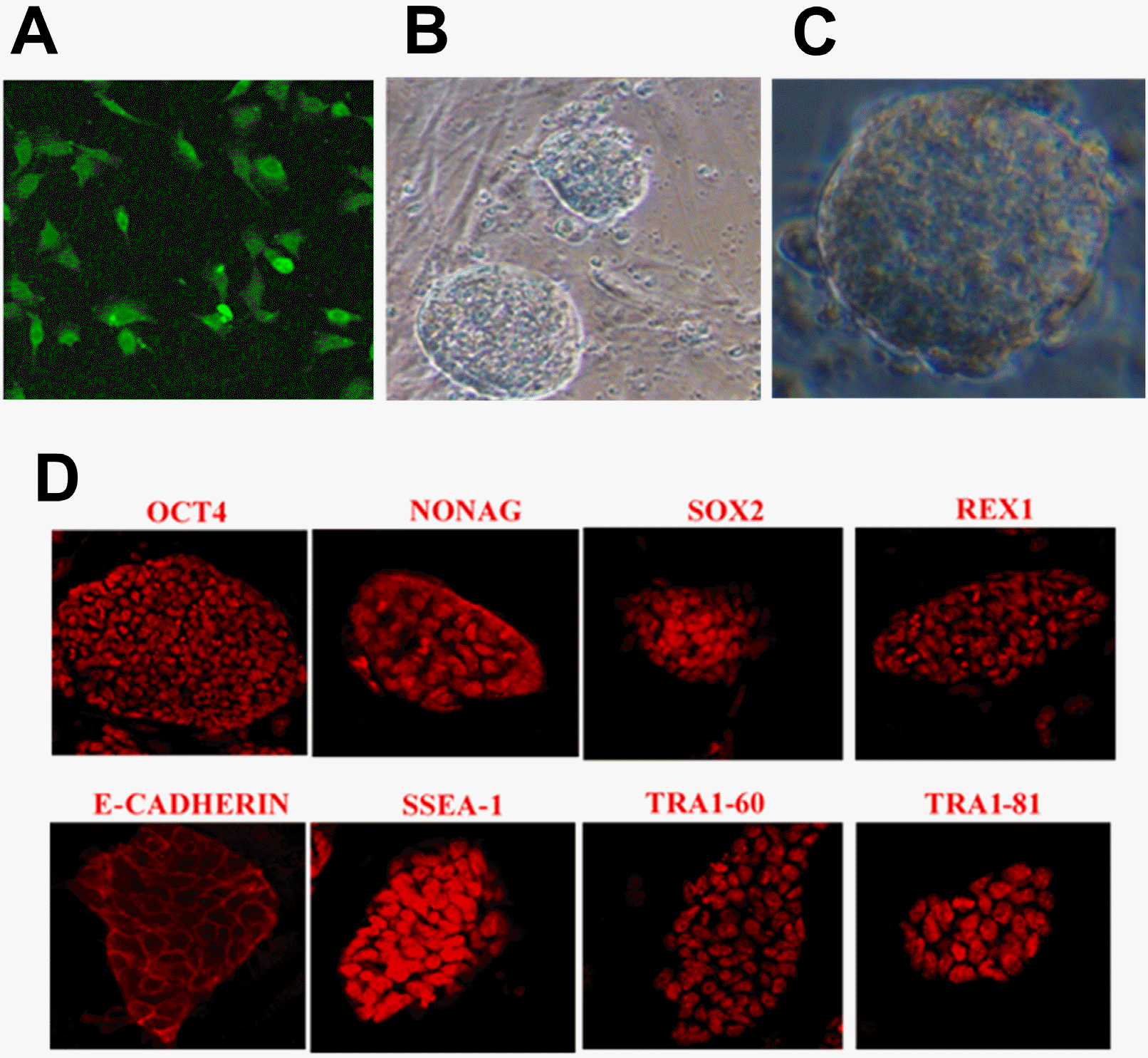
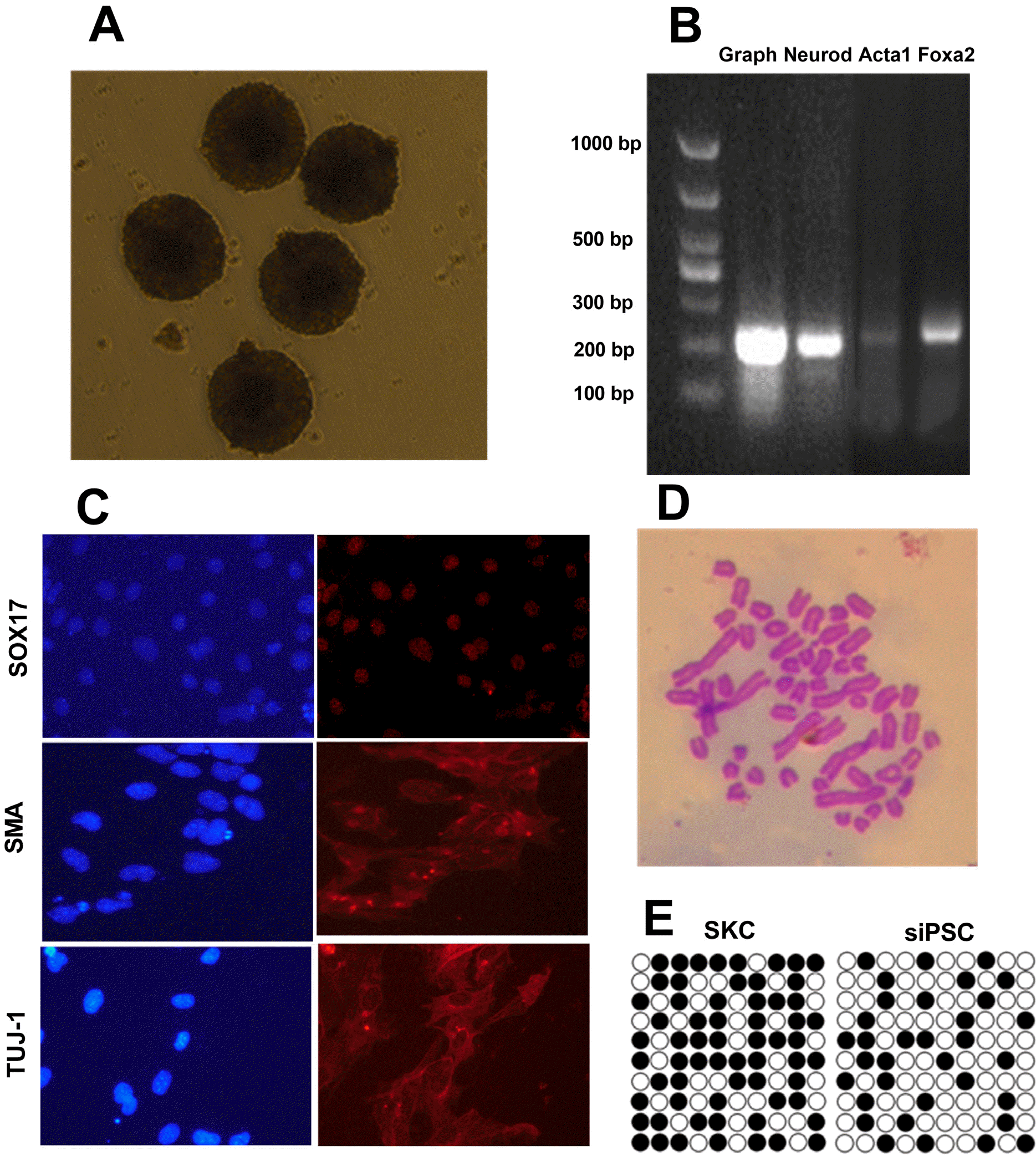
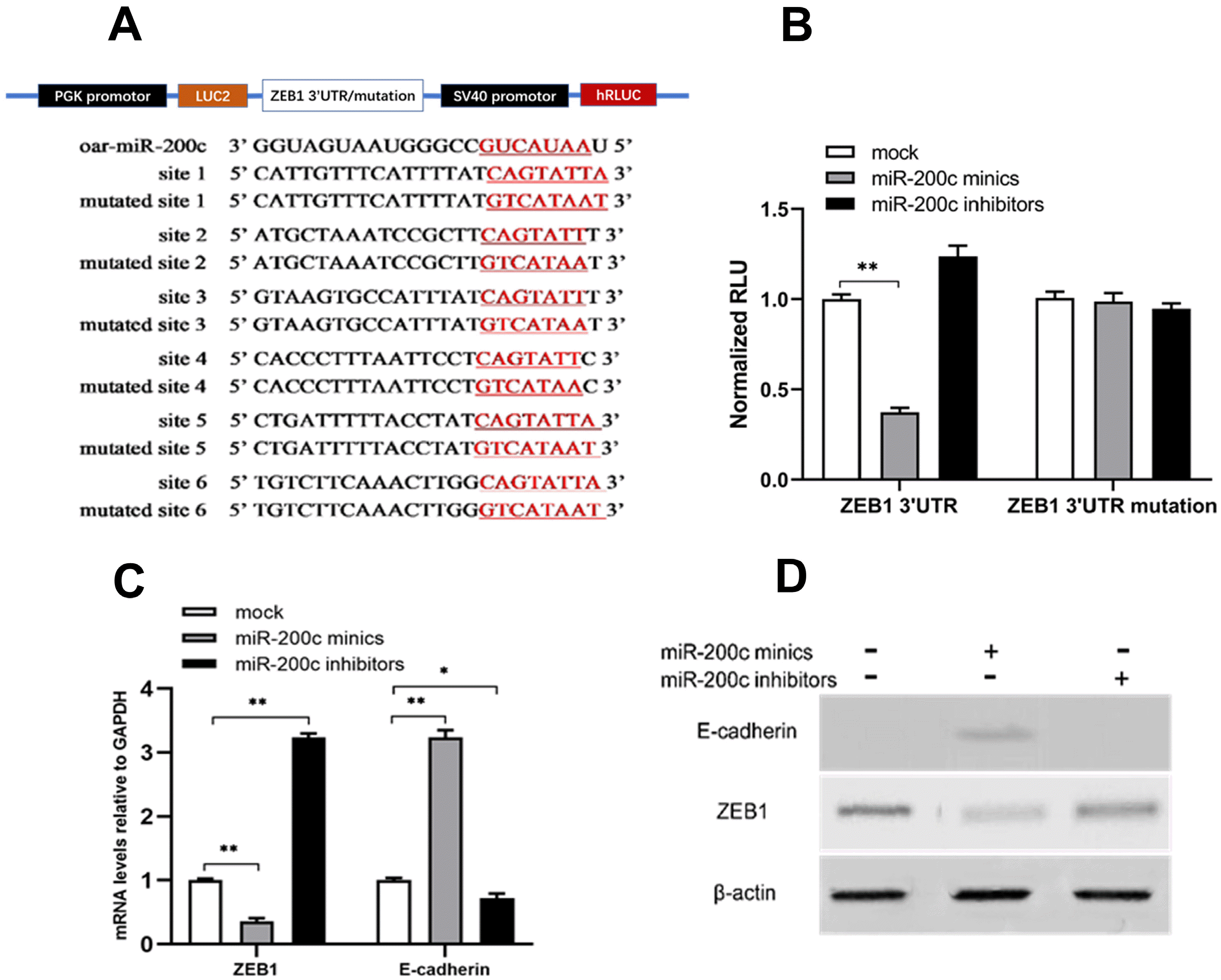




 PDF
PDF Citation
Citation Print
Print


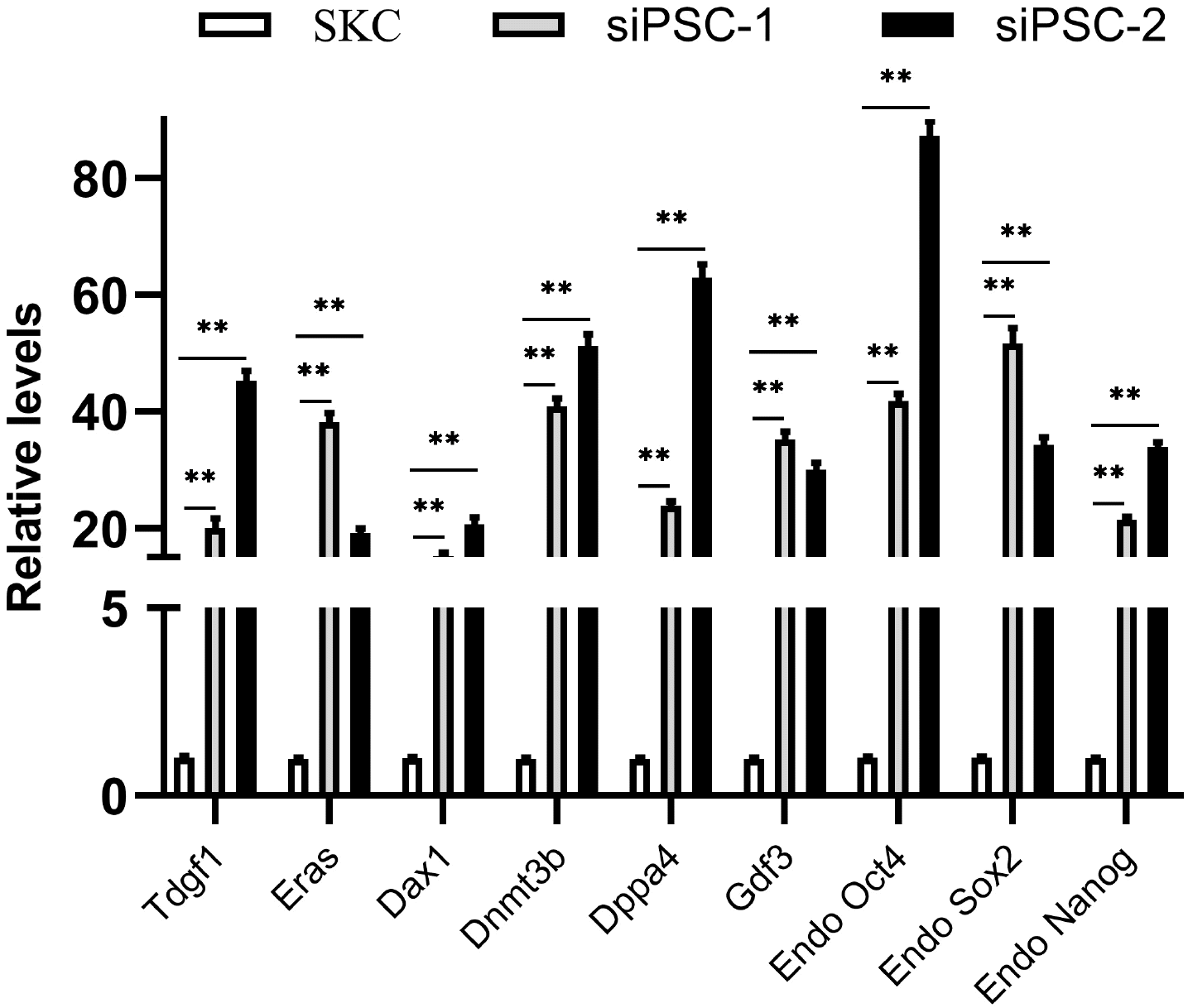
 XML Download
XML Download